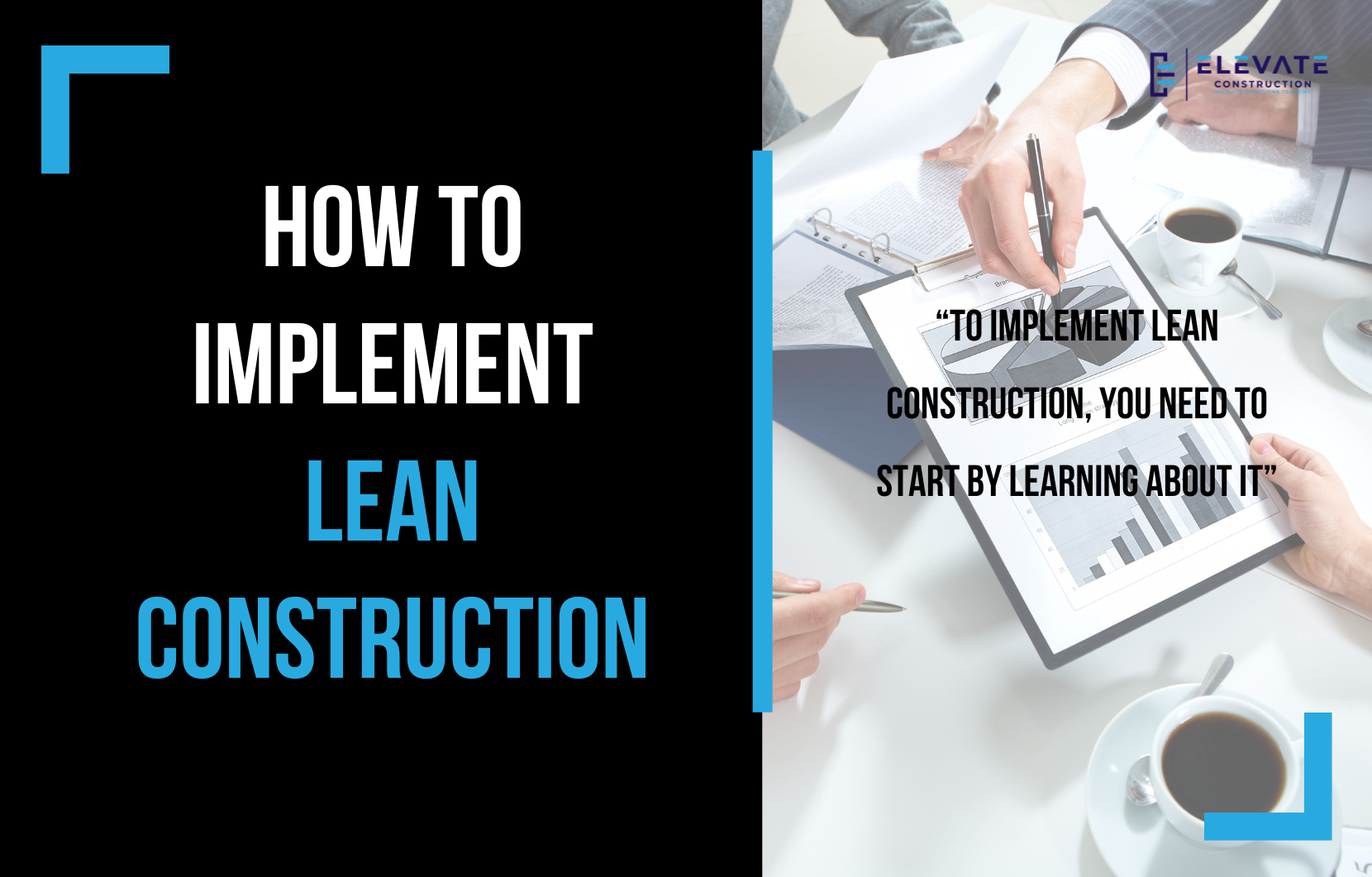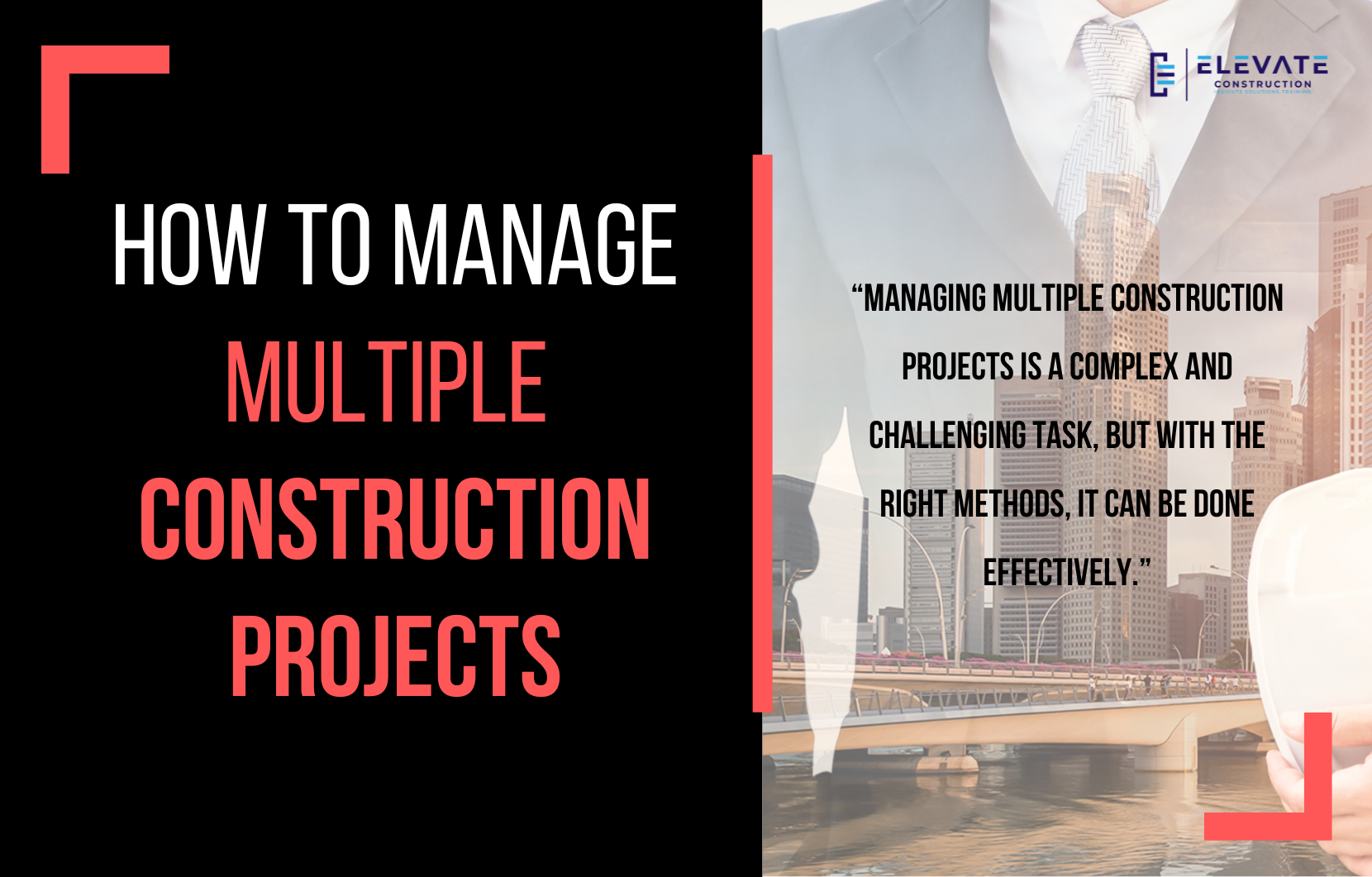If you want to be a great team player and start showing up that way right now, this is the blog post for you. Wouldn’t it be nice if somebody had a formula for this? Well, actually, there is one! You can become a better team player tomorrow, and I’ll give you these references.
The Ideal Team Player
There’s a book called The Ideal Team Player by Patrick Lencioni, and I love it. In this blog post, we’re going to do a deep dive into the content and really give you the framework. You’re going to love it. So, there are three categories in the ideal team player spectrum:
- Humble
- Hungry
- Smart
If you want to be an ideal team player, you will be humble, hungry, and smart. Let’s explore what each of these mean.
Humble: What Being a Humble Team Player Looks Like
Humility in this sense means being willing to do lower-level work amongst your team. Are you willing to be all in, as long as it’s legal, moral, and ethical? Regardless of your position, are you ready to lean in and help your team, not run away, but actually dig in and assist?
Hungry: What Being a Hungry Team Player Looks Like
Hungry means you really care about your career and its growth. You want this, you’re going to figure it out, and you’re going to dig in. You’re going to own your role and do well in your position. Being hungry means you’re that hard-working, get-it-done type of player. So, when you are on a team, not only must you be willing to do what’s needed, but also do it well, with a certain amount of hunger.
Smart: What Being a Smart Team Player Looks Like
Smart doesn’t just mean being intellectually smart. Obviously, you must be smart enough to do the job, but it also means being smart with people. 80% of your job involves dealing with people, while 20% is the technical side of it. Being smart means you are capable of doing the job and also adept at working with people.
What Being an Ideal Team Player Looks Like
The really great spot here is having all three of these characteristics. This is when you become the ideal team player. Now, let me show you how to use this pattern to identify gaps in this model, either for yourself or for others, so that you can really assess the problem.
Different Types of Team Players
- The Pawn: This is a person who is humble but not hungry or smart. They are willing to dig in and do anything for the team but don’t drive their own career success and aren’t good with people. They often get used by the team and don’t know how to say no.
- The Bulldozer: This personality type is hungry but not humble or smart. They have great drive and determination but lack team spirit and people skills. They bulldoze over everyone, often causing conflicts due to their aggressive approach.
- The Charmer: A person who is smart but not humble or hungry. They know how to work with people and influence others but lack the willingness to dig in with the team and drive results.
- The Lovable Slacker: Humble and smart but not hungry. They work well with the team and are good with people but lack motivation and productivity.
- The Accidental Mess Maker: Humble and hungry but not smart. They have a lot of drive and are willing to help but lack emotional intelligence, often causing conflicts and making duplicate work.
- The Skillful Politician: Hungry and smart but not humble. They know how to work with people and are driven but aren’t willing to do lower-level work, often acting like a politician to climb the ranks.
How to Help Others Become Ideal Team Players
If you have a team player who doesn’t fit the ideal mold, here’s how you can help:
- The Pawn: Encourage them to develop their career aspirations and people skills.
- The Bulldozer: Coach them on team collaboration and emotional intelligence.
- The Charmer: Motivate them to take on more responsibility and drive results.
- The Lovable Slacker: Inspire them to find their passion and increase their productivity.
- The Accidental Mess Maker: Provide training on team dynamics and emotional intelligence.
- The Skillful Politician: Encourage them to stretch outside their comfort zone and support the team.
Advantages of Using the Ideal Team Player Pattern
This pattern is simple enough for us to assess where we and others stand. It also highlights specific areas of focus for thought work and training.
- Hire the Right People: Use assessments from The Table Group website to evaluate incoming new hires and existing employees.
- Assess Your Existing Team: Not for slash and burn approaches, but to help people align with the ideal team player framework.
- Develop Your Existing Staff: Provide training, programs, and support to improve skills in any lacking areas.
- Embed These Values into Your Culture: Talk about the framework, act on it, and integrate it into your organizational culture.
Key Qualities of an Ideal Team Player
- Hard workers
- Organized
- Willing to help
- Contribute to a happy environment
- Build trust with their team
Learn More with These Resources
Are you an ideal team player? Let’s find out! Below, I’m linking you to Patrick Lencioni’s book, which is fantastic, along with some guides that will help you. You’ll find assessments for hiring and self-assessments to develop into an ideal team player.
I hope you’ve enjoyed this blog post. On we go!
If you want to learn more we have:
-Takt Virtual Training: (Click here)
-Check out our Youtube channel for more info: (Click here)
-Listen to the Elevate Construction podcast: (Click here)
-Check out our training programs and certifications: (Click here)
-The Takt Book: (Click here)
Discover Jason’s Expertise:
Meet Jason Schroeder, the driving force behind Elevate Construction IST. As the company’s owner and principal consultant, he’s dedicated to taking construction to new heights. With a wealth of industry experience, he’s crafted the Field Engineer Boot Camp and Superintendent Boot Camp – intensive training programs engineered to cultivate top-tier leaders capable of steering their teams towards success. Jason’s vision? To expand his training initiatives across the nation, empowering construction firms to soar to unprecedented levels of excellence.
On we go!










